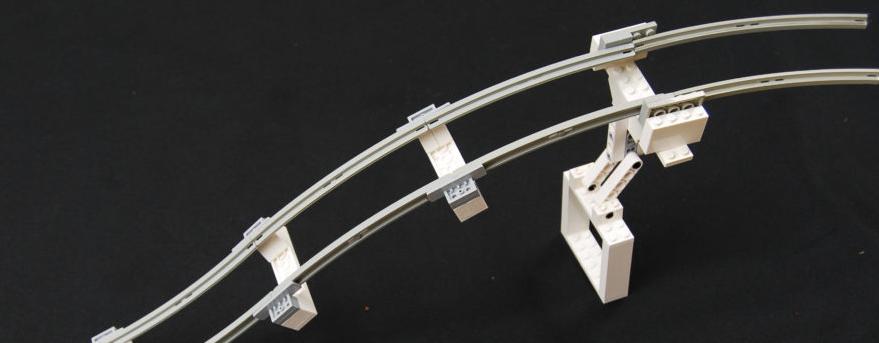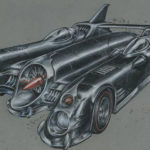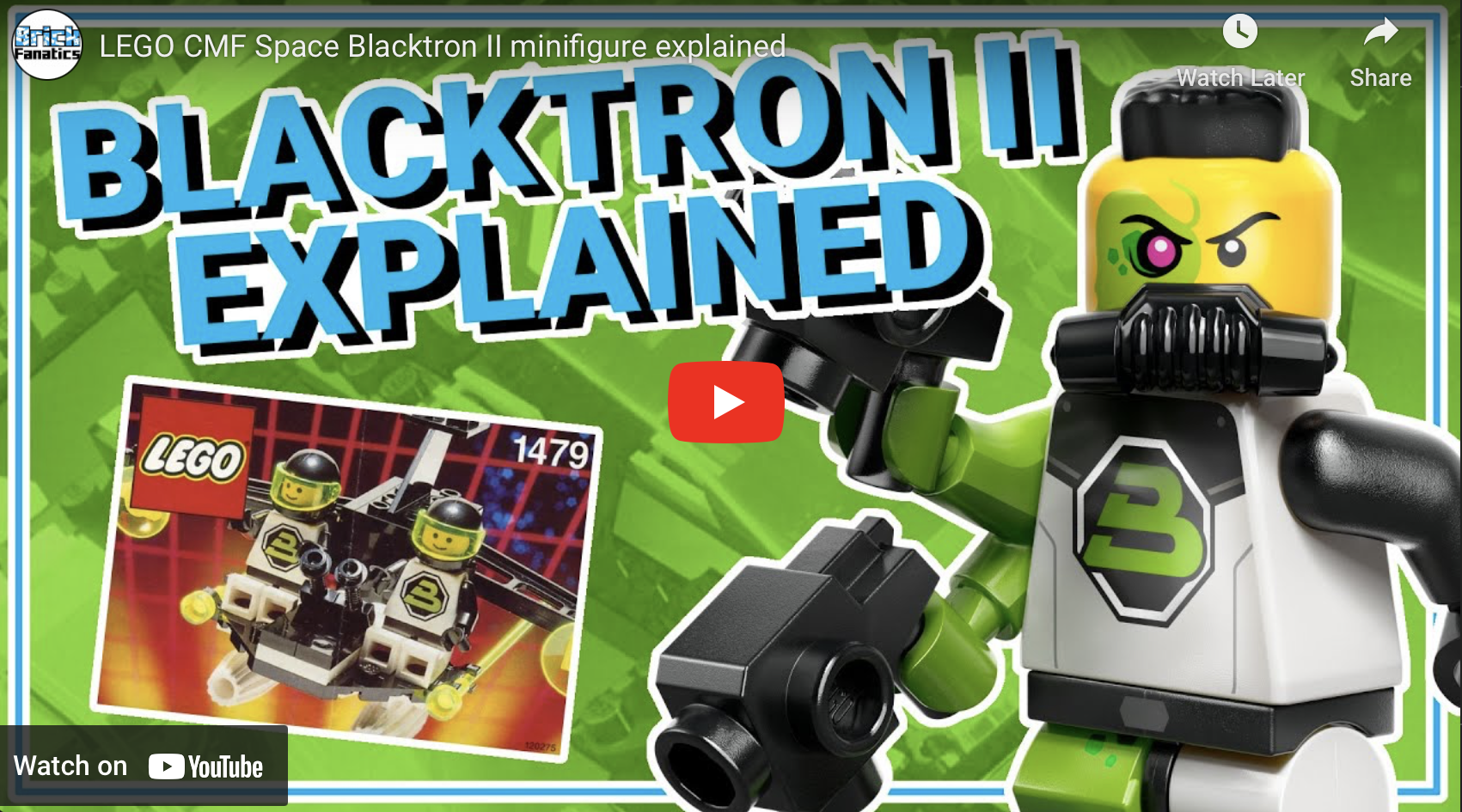Rollercoaster building tips in Blocks magazine
The current edition of Blocks magazine features rollercoaster and theme park LEGO builds, as well as plenty of Spider-Man action too. The magazine have shared this extra little feature, that makes for a taster of the magazine – or if you already have it, a companion piece to the main article.
When building a LEGO rollercoaster the most important decision is how to make the track. This will influence every other aspect of the build and must be figured out in its entirety before starting. Any variations in the track, or failure to meet the tolerances, will result in almost certain death for any minifigure riders.
One of the quickest and easiest ways to make track is using the old separated train pieces from the 1970s and 1980s. I am not sure why the LEGO Group designed them this way as it would never have an application that I can think of in an actual train layout, but the pieces can be mounted to bricks on edge as well as from their bottom. The advantage of this for our purposes is that curved pieces can be re-oriented so that they bend in a vertical arc as well as a horizontal one.
Transitioning between mounting the track via its side and its bottom allows one to quickly create elaborate and beautiful curves in keeping with actual coasters. It is vital, however, that the type of wheels that the car will use be matched to the track width and that width maintained throughout construction. If it narrows the wheels will be pinched and the car will grind to a halt. If too wide, the car may come loose and go flying.
The other advantage of using the old train track is that, once joined at the proper spacing, there is some play which allows for loops. Building the support for such a structure is tricky, but the track itself can be slightly torqued so that a loop does not come back on itself.
My final piece of advice is do not underestimate the amount of support that will need to be used if building a coaster you want to actually run. Even a small hill causes large forces to be borne by the track, unlike anything produced by most other builds. Even the smallest of weak points will blow apart easily and spectacularly.
Oh – and be careful not to build hills to high and narrow. That messes with the centre of gravity which can cause things to tip over at the slightest touch. At one point, when taking pictures of my coaster, I happened to bump my large narrow hill. It was like something out of a comedy movie, that hill folded like it was made of cards and left me with a giant puddle of white bricks on the ground…
For more great content like this, checkout Blocks magazine. To get each issue delivered to your door — before it arrives in shops – visit www.blocksmag.com to set up a subscription.










